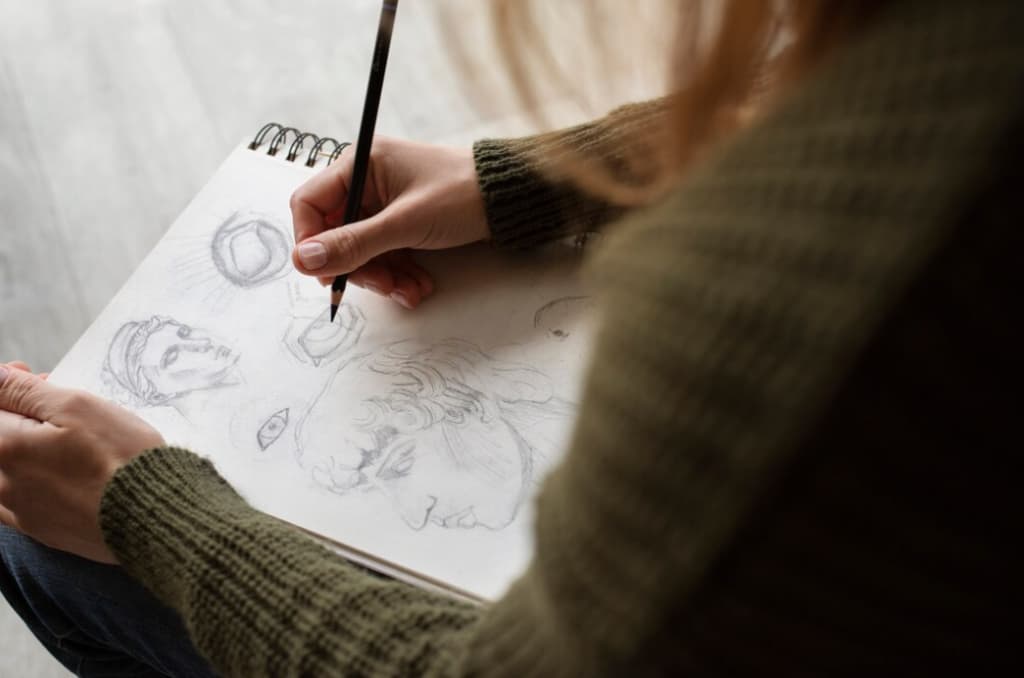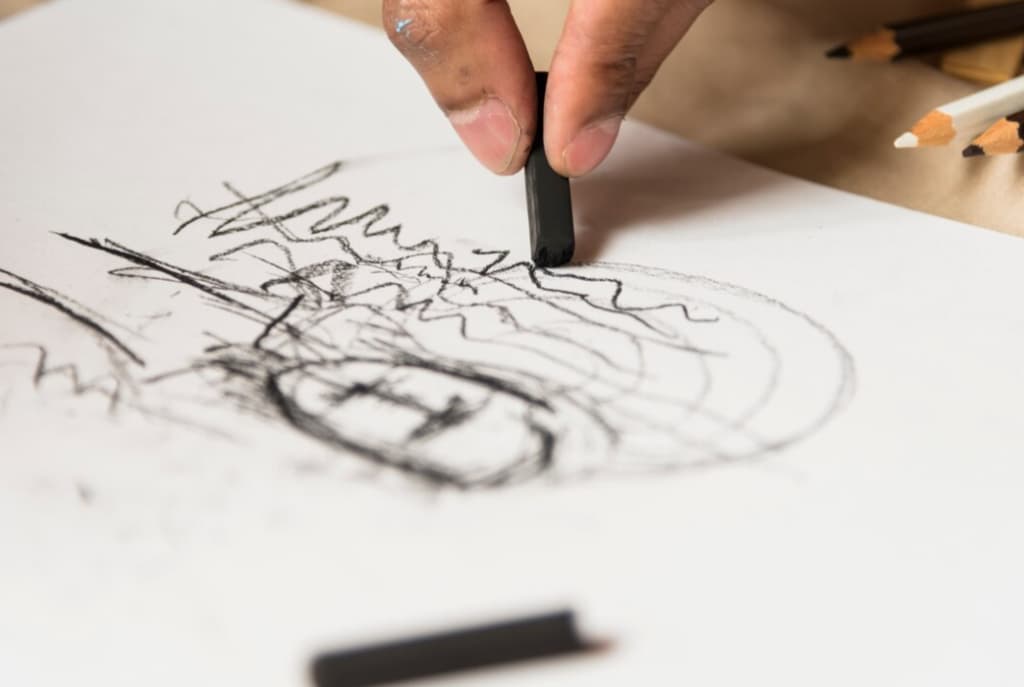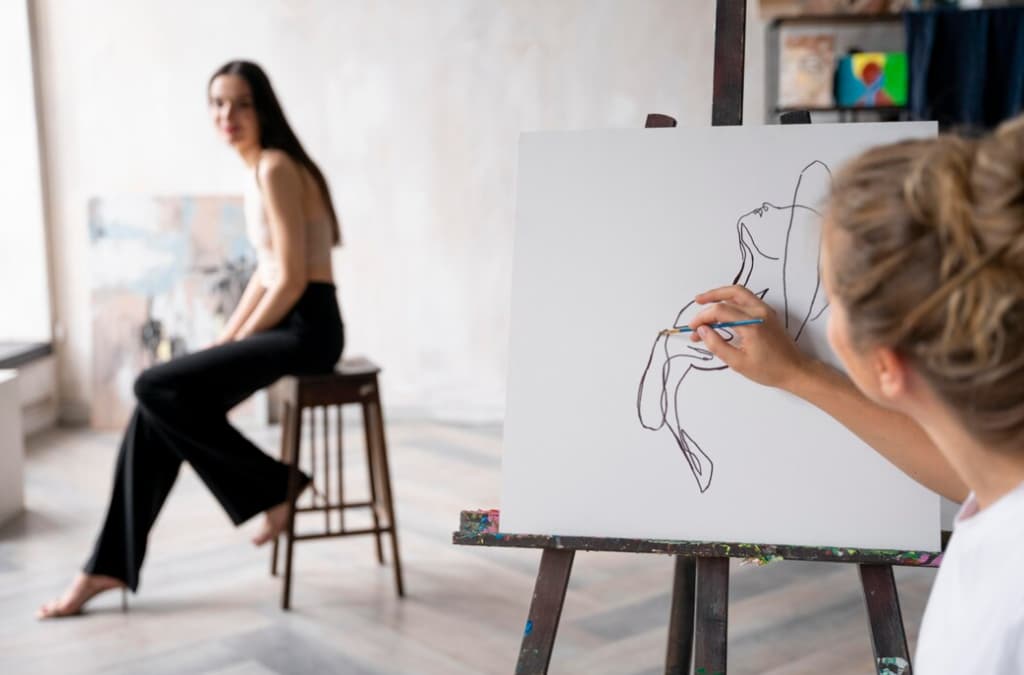After exploring principles of art, which laid out the foundational rules of artistic composition, the next article shifts focus to how to draw a human, presenting detailed methods for realistically capturing the human figure. Mastering the art of sketching human figures is an exciting journey for every beginner. Each human figure is unique with its own characteristics influenced by factors such as age, race, and gender. This comprehensive guide will help you navigate this intricate art form and learn how to draw a realistic human figure, starting with an average adult. The focus would be on mastering proportions to achieve a lifelike depiction.
Drawing Tools and Practice
To embark on this artistic venture, you’ll need a pencil, a piece of paper, an eraser, and a ruler. Now, let’s begin your drawing exercise. This guide includes detailed instructions on:
- Understanding realistic proportions for human figures;
- Drawing a male figure with precision;
- Sketching a female figure realistically.
Understanding Realistic Proportions
Grasping realistic proportions is crucial for rendering the human form with accuracy. Earlier discussions on muscle memory emphasized the importance of internalizing subjects’ characteristics to draw from the mind’s eye. This principle is pertinent when it comes to human figures. The journey of learning to draw people accurately starts with a solid grasp of the human body’s proportional guidelines. These include recognizing the average head-to-body ratio, the alignment of certain body parts like elbows and belly button, and the relative size of limbs and torso. As one delves into the subtleties of human anatomy, it becomes important to study the variations across different ages, genders, and body types. Observing real-life examples and practicing these observations through sketching can help in committing these proportions to memory, thereby building a foundation upon which more complex poses and movements can be built with confidence and precision.
Drawing Realistic Male Figures

On average, a male’s head fits eight or nine times into the height of his body and approximately two to three times into the width. For a heroic look, opt for nine times the height and 2.5 times the width.
Grab your drawing tools and let’s dive into the art of male figurative drawing. Start by tracing the height and width of your figure. Once you’ve established your figure’s frame, sketch the rest using simple shapes and the following proportion measurements:
- The shoulders begin at the first third of the second segment;
- Nipples are located at the base of the second segment;
- The naval and the elbows fall at the base of the third segment;
- The crotch area is signified by the base of the fourth segment and extends to the first third of the fifth section;
- Arm and hand lengths should conclude at the final third of the fifth segment;
- Provide a muscular look to male proportions;
- The knees start at the middle of the sixth section and end at its base;
- The feet start at the last third of the seventh section.
Following these guidelines, outline the contours of a male human figure.
Drawing Realistic Female Figures
The procedure remains the same for drawing a female figure, with proportions being slightly different. A female’s head fits into her body’s height about 7.5 to eight times and into her body’s width about 2.5 times.
Begin by tracing the frame. Here are a few key differences to note in female figures:
- The nipples are located just below the second section, and the bottom line of the breast will be in the first third of the third section;
- The arms should be less muscular as compared to male figures;
- The waist, located at the base of the third section, is one head wide. The naval is slightly below the third section;
- The hips are slightly wider in females and lie in the fourth section’s base;
- The wrists and the base of the crotch are at the first third of the fifth section;
- Curved upper legs are a characteristic feature of a female figure;
- The thighs or upper legs curve inwards in the sixth section, ending at the base of the knees;
- The last two segments are where the lower legs and feet should be;
- Finish by adding details to shape a realistic female figure. Refer to real-life models for accuracy.
Drawing Figures from Different Angles
Expanding your skill set in figure drawing involves moving beyond front-facing perspectives to tackle the human form from multiple viewpoints. Begin by mastering side profiles, which can then serve as a stepping stone to more complex angles such as quarter and three-quarter views. As you practice these varying perspectives, you’ll gain a richer understanding of how to convey depth, volume, and the three-dimensional nature of the body. This exploration not only enhances your technical abilities but also deepens your appreciation of the human form’s complexity in art.
Capturing Human Figures in Motion

An essential part of creating lifelike sketches is capturing movement. Start with simple poses and gradually move to more complex ones. Understand the flow of movement and the forces acting on the body. This will help you create dynamic drawings that seem to burst off the page.
Congratulations on completing this guide! Remember, the key to mastering the art of drawing realistic human figures lies in practice. Experiment with different poses, perspectives, and movements to enhance your skills. Enjoy your artistic journey and happy sketching!
Conclusion
Master the art of sketching realistic human figures with our comprehensive guide. Remember, the secret to success lies in practice and persistence. Aspiring artists should experiment with various techniques, perspectives, and movements to continually improve their skills. This tutorial serves as a fundamental stepping-stone for creating lifelike sketches. Keep exploring, continue learning, and remember to enjoy each step of your artistic journey. With every stroke of your pencil, you forge your unique artistic style and contribute to the wonderful world of art.
